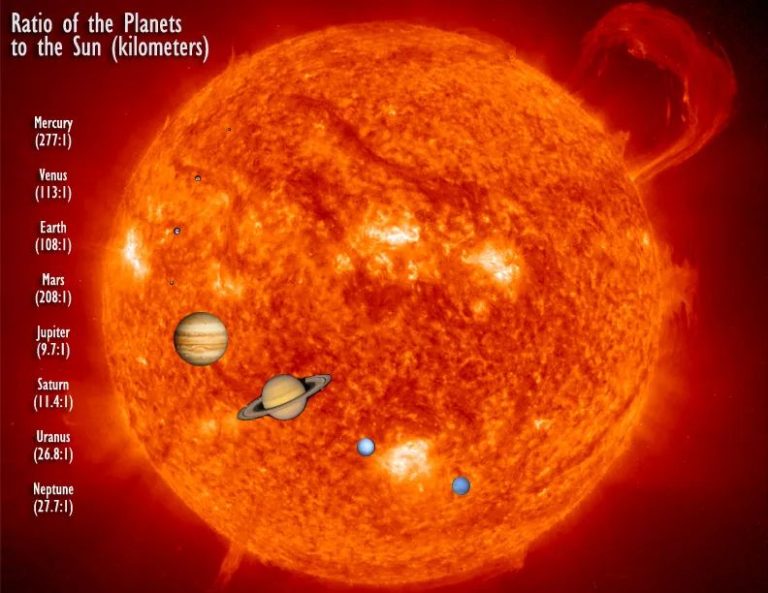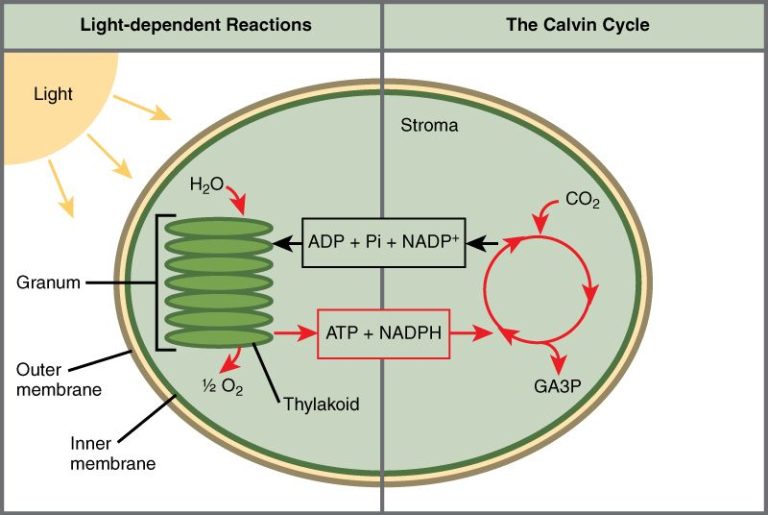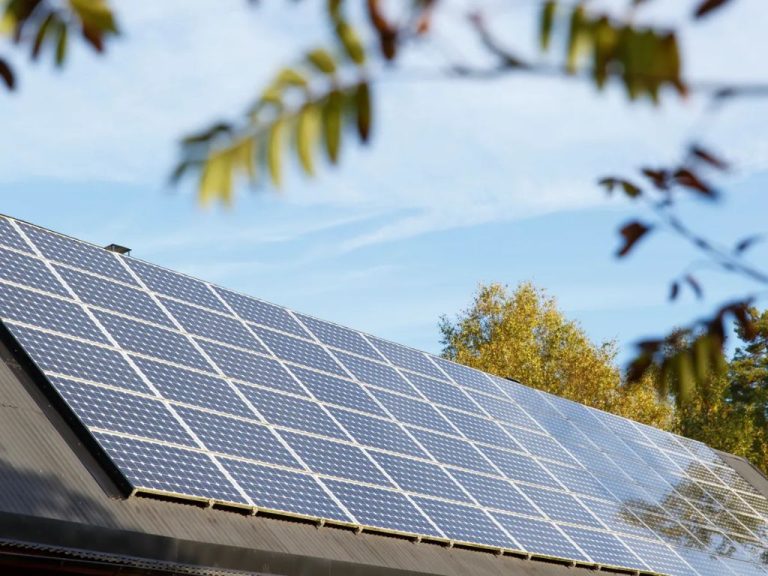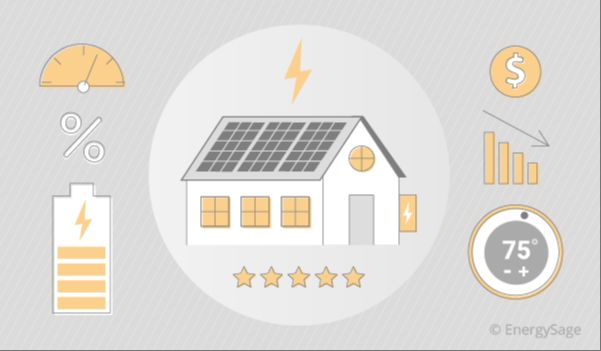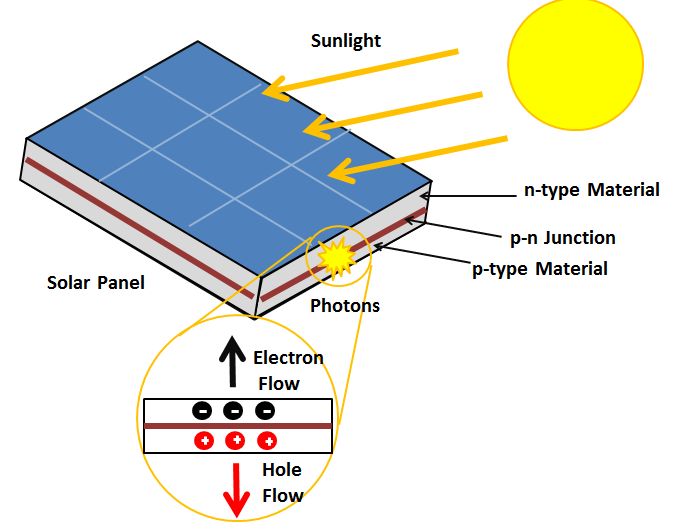Is It Smart To Invest In Solar Panels?
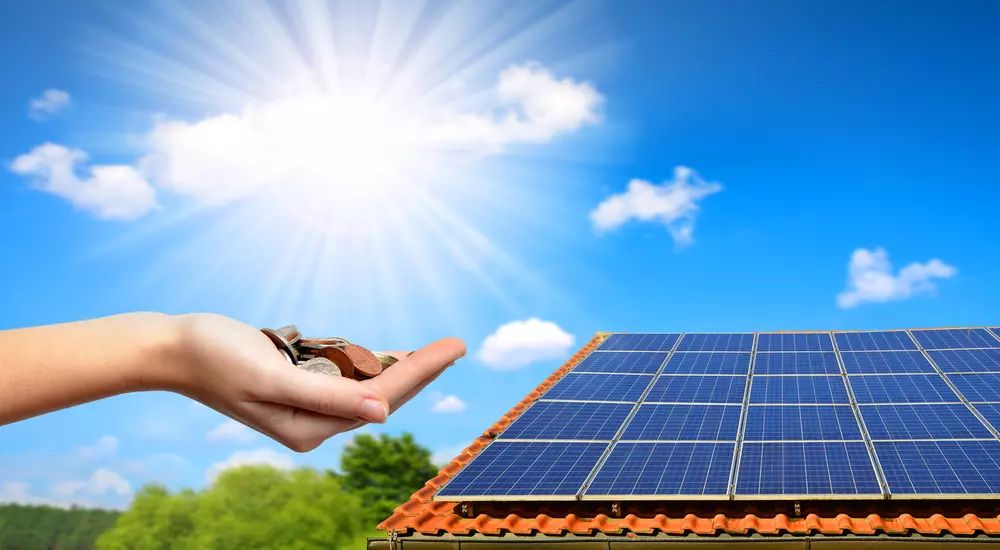
Solar panels have been gaining popularity at a rapid pace over the past decade as an alternative energy source for homes and businesses. According to research from the Solar Energy Industries Association (SEIA), the amount of solar power installed in the U.S. has grown at an average annual rate of 24% since 2000, with over 120 gigawatts of total installed capacity as of 2022 (SEIA). Market research shows that home solar installations could grow by 6,000 to 7,000 megawatts per year between 2023 and 2027 as costs continue to drop and more homeowners opt for clean energy (MarketWatch). Solar power offers homeowners a way to reduce electricity bills, increase home values, and lower their carbon footprint. This article provides an in-depth look at the costs, incentives, savings, and other factors to weigh when considering installing solar panels.
Costs of Solar Panels
The upfront cost to purchase and install solar panels varies greatly depending on the size of the solar array and roof, your location, available sun exposure, and local labor costs. According to NerdWallet, you can expect to pay somewhere between $2.50 and $3.50 per watt for solar panel installation when you factor in the cost of materials and labor, with the average cost around $2.94/watt 1. For a typical 6 kW system, this puts the total price in the range of $15,000 to $21,000.
Forbes notes the current national average cost to install a solar panel system is around $16,000 2. Consumer Affairs reports an average cost of $23,879 before tax credits 3. Prices can be higher or lower depending on specific factors for your home.
Federal and State Incentives
The federal government offers a tax credit that can significantly reduce the cost of installing a residential solar system. The solar Investment Tax Credit (ITC) allows homeowners to deduct 26% of installation costs from their federal taxes for systems installed in 2020-2022. This credit was recently extended and raised to 30% for systems installed in 2023, then drops to 26% in 2024 before expiring in 2025 [1].
The ITC can be claimed on your personal income taxes in the year your solar system is installed and begins operation. There is no cap on the credit amount, and it can be carried forward if the tax credit exceeds your tax liability [2]. This federal incentive alone can reduce the cost of a solar system by thousands of dollars.
Many states also offer additional rebates, performance-based incentives, or tax credits to further lower the cost of solar panel installation. In California, homeowners are eligible for cash rebates up to $3,000 or 15% of the system cost through the California Solar Initiative. Other states like New York, Massachusetts, and New Jersey also offer robust solar incentives [3].
Combining federal and state solar incentives can cover 35% or more of your total system costs. Consult a tax professional to maximize the incentives available for your specific situation.
Electricity Bill Savings
Installing solar panels can lead to significant long-term savings on electricity costs. According to Energysage, the average homeowner can save between $20,000 and $96,000 over the lifetime of a solar panel system, depending on electricity rates in your area [1]. With today’s high energy prices, these savings can really add up.
For example, a typical 5 kW solar system can lower an average monthly electricity bill by $100-$150. The exact amount depends on factors like your location, system size, electricity usage, and net metering policies [2]. In areas with high electricity rates like California and New York, the savings may be on the higher end. Installing panels in a sunny climate can also maximize electricity production.
Over 20-30 years, these monthly savings can offset the upfront costs of a solar system. According to MarketWatch, at an electric rate of 16 cents per kWh, annual bill savings range from $1,280 to $1,600 for a typical system [3]. While solar requires an initial investment, the long-term savings are substantial.
Payback Period
The payback period refers to how long it takes for the energy bill savings from solar panels to outweigh the upfront system costs. This is a key factor when deciding if solar power is a wise investment. According to Energysage, the average payback period for solar panels in the U.S. is 6-7 years.
The payback period can vary substantially depending on your specific system size, electricity rates, and available solar incentives in your area. Using Energysage’s solar calculator shows that in sunny regions with high electricity costs like California, payback periods around 5 years are common. In cloudier or lower-cost areas like the Midwest, payback can extend to 10+ years.
It’s important to account for all possible incentives when estimating payback time. Federal and state tax credits can shave years off the payback period. For example, claiming the 26% federal tax credit reduces the payback period by 26%.
Overall, with average installation costs and electricity rates, most homeowners can recoup their solar investment in 6-12 years and then enjoy 10+ years of free solar power before any replacements are needed. While not an overnight return, this payback range makes solar panels a worthwhile investment for many homeowners planning to stay long-term.
Panel Efficiency and Lifespan
Solar panel efficiency refers to the percentage of sunlight that hits the panels and is converted into usable electricity. Most residential solar panels on the market today have efficiencies between 15-22%1. Higher efficiency panels can generate more electricity from the same amount of roof space. However, they often come at a higher cost.
In terms of lifespan, solar panels are very durable and built to withstand decades of exposure to the elements. Most solar panels come with a 25-30 year performance warranty, covering at least 80% of their rated power output2. With proper maintenance, panels can continue generating electricity beyond their warranty period, often up to 40 years or longer3. Overall, solar panels are a long-term asset.
Key factors affecting solar panel lifespan include quality of manufacturing, installation, and maintenance. Choosing tier 1 solar panels from reputable brands and having the system installed properly is key to maximizing the system’s lifetime energy production.
Home Value Increase
Installing solar panels can significantly increase the value of your home. According to a study by Zillow, homes with solar panels sold for 4.1% more on average compared to similar homes without solar panels (https://www.architecturaldigest.com/reviews/solar/do-solar-panels-increase-home-value). The increase in home value can vary based on the local real estate market, but solar panels are generally seen as an attractive feature for home buyers.
Homes with solar panel systems installed tend to sell 20% faster than homes without solar panels, according to the National Association of Realtors (https://www.forbes.com/home-improvement/solar/does-solar-increase-home-value/). Faster selling times means you can potentially get more interested buyers and competitive offers when you decide to sell.
The increased home value makes sense since solar panels can reduce or eliminate electricity bills, providing cost savings to the new home owner. Even if the new owners do not directly purchase the solar panels, they still benefit from years of expected electricity production. Solar also enhances the home’s curb appeal as an environmentally friendly and technologically advanced home.
Environmental Benefits
Using solar panels reduces reliance on fossil fuels and carbon emissions. Solar panels generate electricity from sunlight, eliminating the need to burn coal, oil, or natural gas to produce power. According to a study by the National Renewable Energy Laboratory, solar photovoltaics in the United States reduced carbon dioxide emissions by an estimated 53.4 million metric tons in 2021, equivalent to removing over 11.5 million gasoline powered cars from the roads. Solar energy cut U.S. power sector carbon emissions by 3% in 2021 (1).
Solar panels produce no air pollution or greenhouse gases during operation, unlike fossil fuel power plants which are major contributors to climate change, smog, and acid rain. As the Environmental Protection Agency notes, generating electricity from solar energy instead of fossil fuels like coal avoids substantial air pollutants known to impact climate and harm public health (2).
Sources:
(1) https://www.energy.gov/eere/solar/solar-energy-and-environment
(2) https://www.eia.gov/energyexplained/solar/solar-energy-and-the-environment.php
Considerations and Drawbacks
While solar panels can provide long-term cost savings and environmental benefits, there are some important considerations and potential drawbacks to be aware of:
Not every roof is well-suited for solar panels. Factors like shading, azimuth, and tilt can impact production. A solar assessment is recommended to determine if your specific roof layout will be productive enough to justify the investment (1).
Solar panels require periodic maintenance and repairs which add to long-term costs. Inverters may need replacement after 10-15 years. Keeping panels clean and clear of debris is also essential (2).
Energy production can be variable day-to-day and month-to-month depending on weather and seasons. Solar works best when paired with net metering from the grid for consistent power. Production may be reduced on cloudy days or winter months (3).
If your electricity usage is very low, the long payback period of solar panels may not make financial sense for you. Solar investments are most cost-effective for homes with high energy usage (1).
While solar increases home value, it can make selling more complex. Not all buyers want to take on solar panel maintenance and payments (2).
Rooftop solar may not be feasible if you rent, live in an apartment, have limited roof space, or have significant shading issues. Community solar can be an alternative but does not provide direct savings on your home’s energy bill (3).
References:
(1) https://www.forbes.com/home-improvement/solar/solar-energy-pros-and-cons/
(2) https://www.nachi.org/disadvantages-solar-energy.htm
(3) https://www.constellation.com/energy-101/energy-innovation/solar-energy-pros-cons.html
Conclusion
In summary, installing solar panels can be a smart investment for many homeowners to reduce electricity costs, increase home value, and support renewable energy. The main factors to consider are the upfront cost of the system, available tax credits and incentives, electricity bill savings based on energy usage, system efficiency and lifespan, and estimated payback period. For most homeowners, solar panels can pay for themselves within 10-15 years and provide decades of free electricity after that. With federal tax credits offsetting 26% of system costs until 2023, and high grid electricity rates in many areas, now can be an excellent time to go solar. Just be sure to get multiple quotes, do the math on bill savings and payback time, and choose a reputable installer. Overall, solar panels are a smart long-term investment for many homeowners looking to take control of their energy costs and reduce their carbon footprint.

